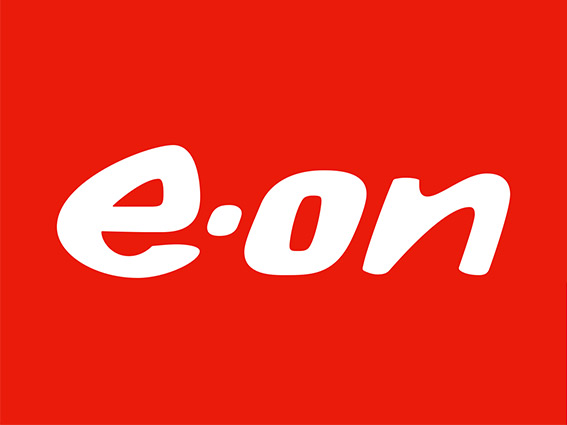

Seven ways to power your home with renewable energy


Why is it important to consider renewable energy for your home?
Choosing renewable energy sources for your home electricity and heating is a great way to reduce your carbon footprint, make your home more sustainable, and potentially lower your energy costs. The advantages are certainly significant.
What is renewable energy?
Renewable energy is generated from natural sources, such as the sun, wind, biomass and water. And these renewable energy sources are naturally replenished.
It's also often referred to as "green energy" and "clean energy" as the process of generating energy from these renewable sources emits no or hardly any greenhouse gases – unlike fossil fuels like coal and oil. Moving away from these traditional sources of energy is a key step in our efforts to take action for climate and combat climate change.
Best ways to power your home with renewable energy

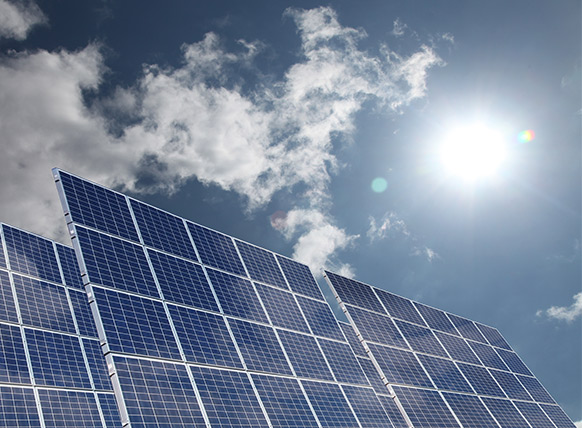
1. Solar power
You can use the sun to generate electricity for your home through solar photovoltaic panels that are installed on your roof. These panels take the sun's rays and convert it into electricity that you can use to warm your home and power your devices.
The panels can generate power during daylight hours and it doesn't have to be sunny in order for them to work, although they do generate more power on sunnier days. The power generated during daylight hours can be stored in batteries so you can still use electricity after the sun goes down. And any excess power you don't use can be sold into the national electricity grid as part of the as part of the Government's Smart Export Guarantee (SEG).
Generating your own clean electricity with solar panels gives you the power to improve your home’s sustainability, one of the main advantages of solar energy. And solar panels can also help you reduce your reliance on the grid and even cut your electricity bills. With our solar panels and battery storage, you can save £904 a year on average on your electricity bills1. And even better, you can spread the cost of solar with different ways to pay.
2. Solar heating
Solar energy can also be used to provide hot water and heating all year round. Solar heating systems use solar panels that can be fitted to your roof, mounted on a free-standing frame or even hung from a wall. The power they generate heats up water that is stored in a hot water cylinder - you’ll need approximately five square metres of space that receives direct sunlight for the main part of the day. If you want to use it to power your heating too then you'll need larger panels, the size of which will be determined by the size of your home.

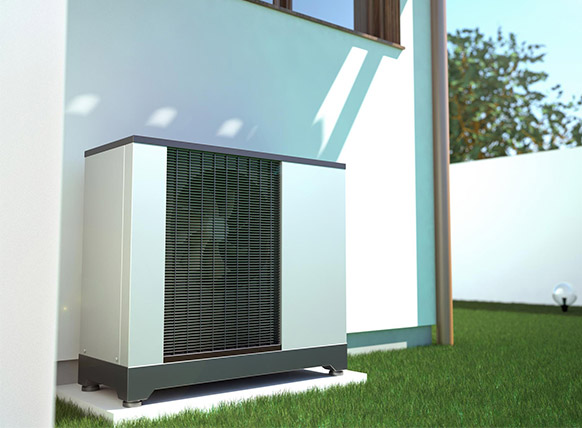
3. Air source heat pumps
An air source heat pump is a renewable energy system that uses the heat from the outside air to provide you with heating and hot water – working in a similar way to a fridge but in reverse by extracting energy from the air and using it to warm your home. Heat pumps work in all temperatures and are capable of extracting heat from the air and heating your home in temperatures as low as -15oC2.
One of the benefits of an air source heat pump is it’s a more sustainable heating option compared to traditional oil or gas heating, so can help make your home more energy efficient and reduce your carbon footprint.
What’s more, this clean and environmentally friendly source of heating is virtually silent when operating and can save you up to £1,330 per year compared to old electric storage heaters, or up to £1,410 per year compared to an old gas boiler3.
From later this spring, the UK Government is also offering grants of £5,000 towards the upfront cost of having a heat pump installed in your home – now it could be worth installing an air source heat pump in your home.


4. Wind energy
Wind turbines are not just for the big wind farms you see in wide open spaces. Smaller wind turbines are available for homes, either as a free-standing pole or installed on the building directly. They generate electricity by the wind turning the blades, which drives the internal turbine and creates power. It’s estimated that a 6kW pole-mounted turbine could save you around £340 a year on electricity bills as well as earning about £235 per year in SEG payments4.
5. Biomass systems
Biomass heating systems burn organic materials, such as wood pellets, chips or logs to provide heating and hot water. This is a lower carbon way of heating compared to fossil fuels like coal and oil as the wood burned in these systems only emits as much carbon as the tree absorbed during the months and years that it was growing. What’s more, it's estimated that a biomass system can save you up to £870 a year compared to an old electric heating system5.
And biomass plants can also provide a renewable energy source for businesses, helping them to reduce their carbon emissions and make a significant contribution to the UK’s future heat and energy generation needs.
6. Hydroelectric systems
This renewable energy source uses water flowing downhill to generate electricity - so if your home is close to a lake or river it could be a great option for you. There are many large scale hydroelectric power plants in operation but you can also get small scale ones for your home. These can generate enough electricity to power a home on a river that has a one-meter drop.


7. Renewable electricity supply
All of the electricity we provide our customers’ homes is backed by 100% renewable sources such as wind, biomass and solar5.
And it’s not just our customers’ homes that benefit from 100% renewable electricity6, we also offer our eligible small business customers renewable electricity too6.
These are all excellent options for your home, but it doesn't stop there. By installing an electric vehicle charger at your home you can maximise your renewable electricity by using it to power your car.
All of these renewable energy options can also be suitable for your business too, and there are also lots of community energy schemes running where neighbourhoods come together to connect to a renewable energy scheme.
So why not take the first steps to living sustainably, building sustainable businesses and contribute towards green living in your community today.
1. These are example figures only, based on standardised MCS calculations. Savings are based on property fitted with a south-facing solar array in central England on a roof with a 35-degree tilt and no shading, with electricity consumption of 4,800 kWh per year (with the customer at home all day), at a tariff rate of 30.0p/kWh. The solar array contains 12 x 405W panels (4.86 kWp) generating 4,544 kWh/year, fitted with a 5.2 kWh (4.2 kWh usable) battery.
2. Energy saving trust: Air source heat pumps vs ground source heat pumps
3. Energy saving trust: Air-to-water heat pumps
4. Energy Saving Trust: Wind turbines
5. Energy Saving Trust: Biomass
6. Electricity backed by 100% renewable sources. Electricity sourced from E.ON's renewable assets, agreements with independent UK generators and the purchase of renewable electricity certificates. The electricity supplied to your home comes from the National Grid. Find out more at eonenergy.com/renewable


Our blog
Read our latest blogs to discover how E.ON is leading the energy transition through smart and sustainable solutions.
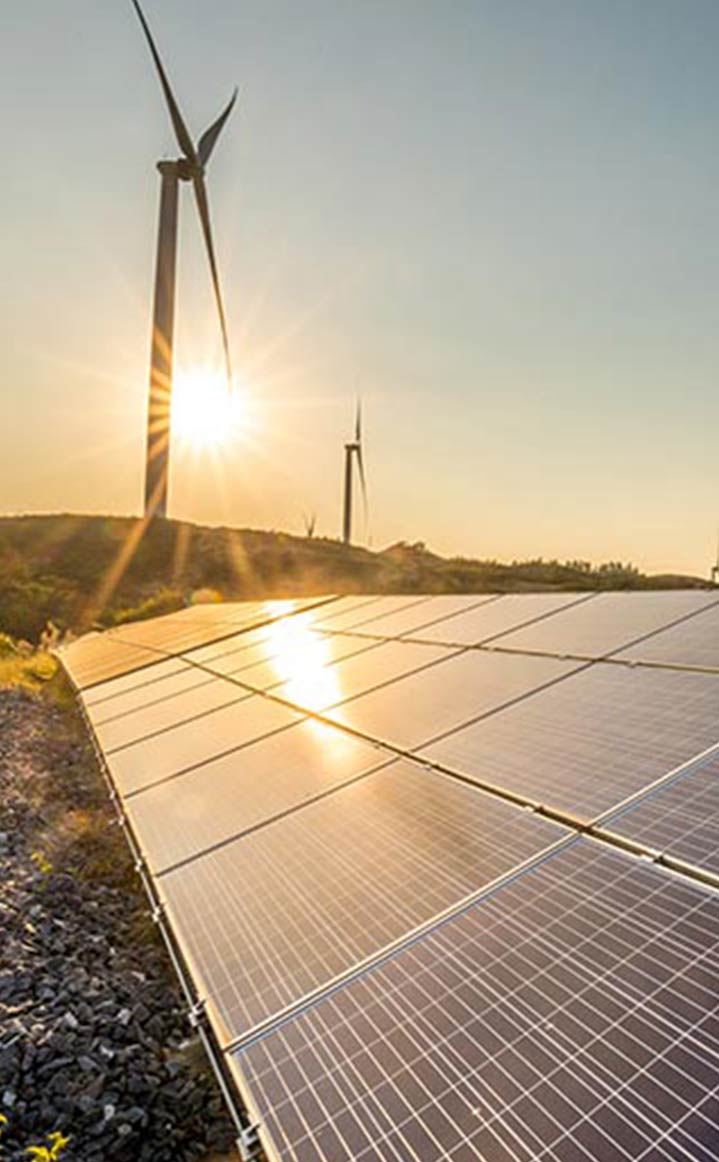
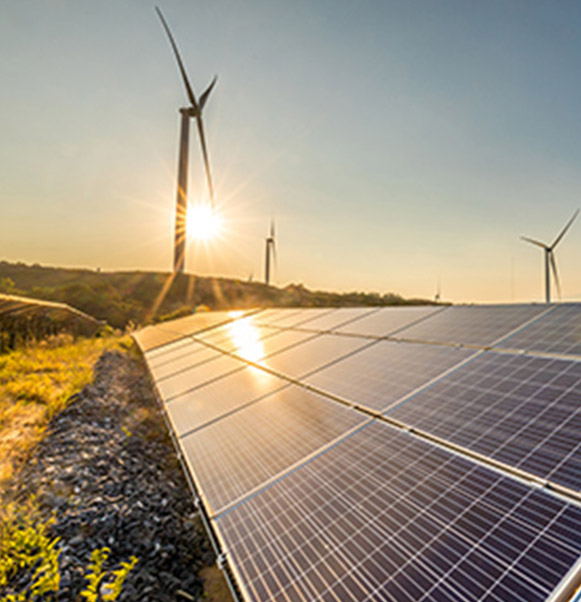
The advantages of renewable energy sources
Discover a list of advantages of renewable energy, types of renewable energy sources and how we’re working towards a sustainable future.


Sustainable homes
Find out the many ways in which you can create a more sustainable home and reduce your carbon footprint.
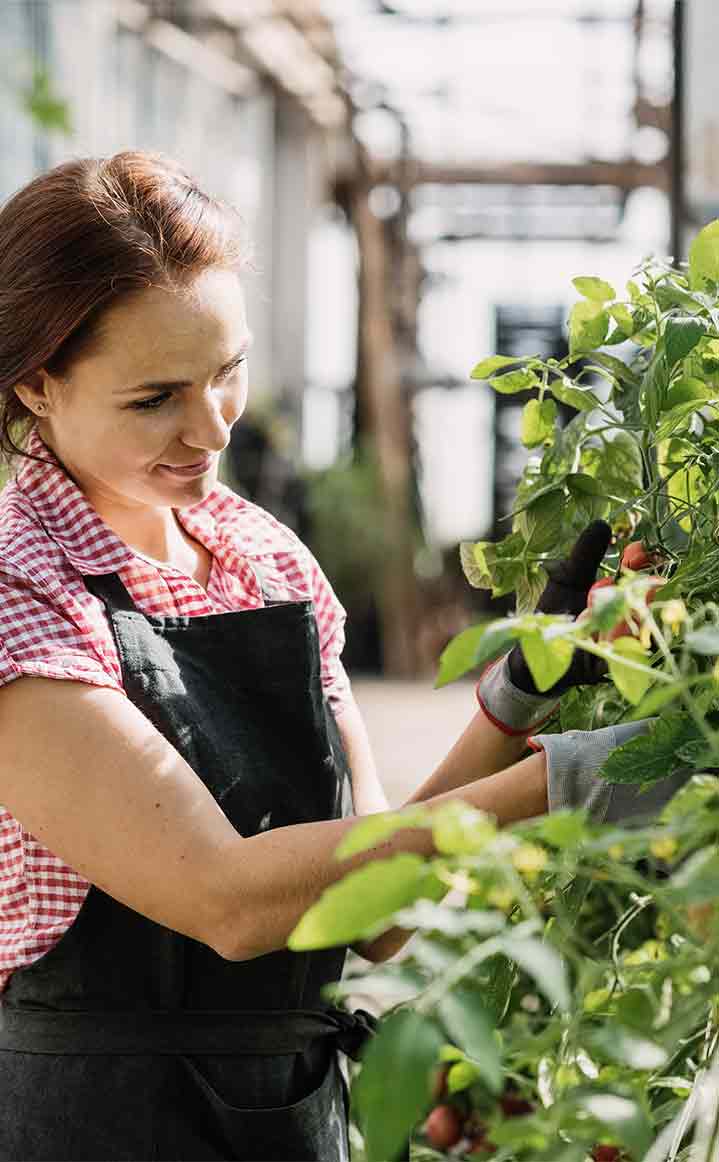
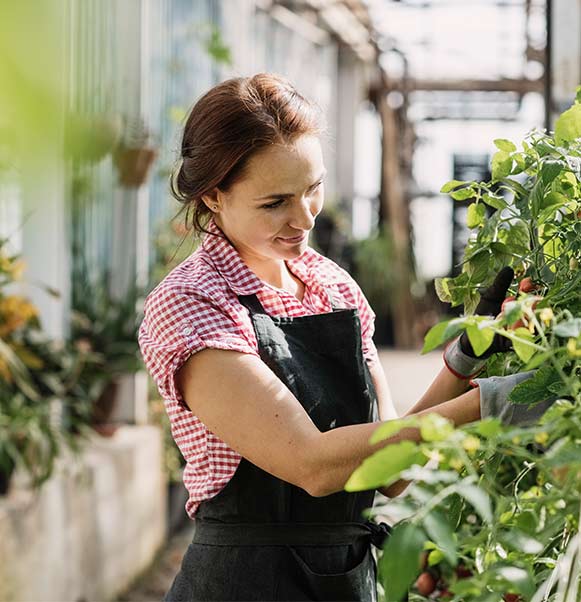
Sustainable businesses
Find out how to turn your business into an industry leader for sustainability.


Sustainable cities and communities
Find out how we're creating smart, sustainable cities and communities across the world.


100% renewable electricity
We believe in a sustainable future, that's why we provide our customers' homes with electricity backed by 100% renewable sources including wind, biomass and solar, with a fixed tariff.
